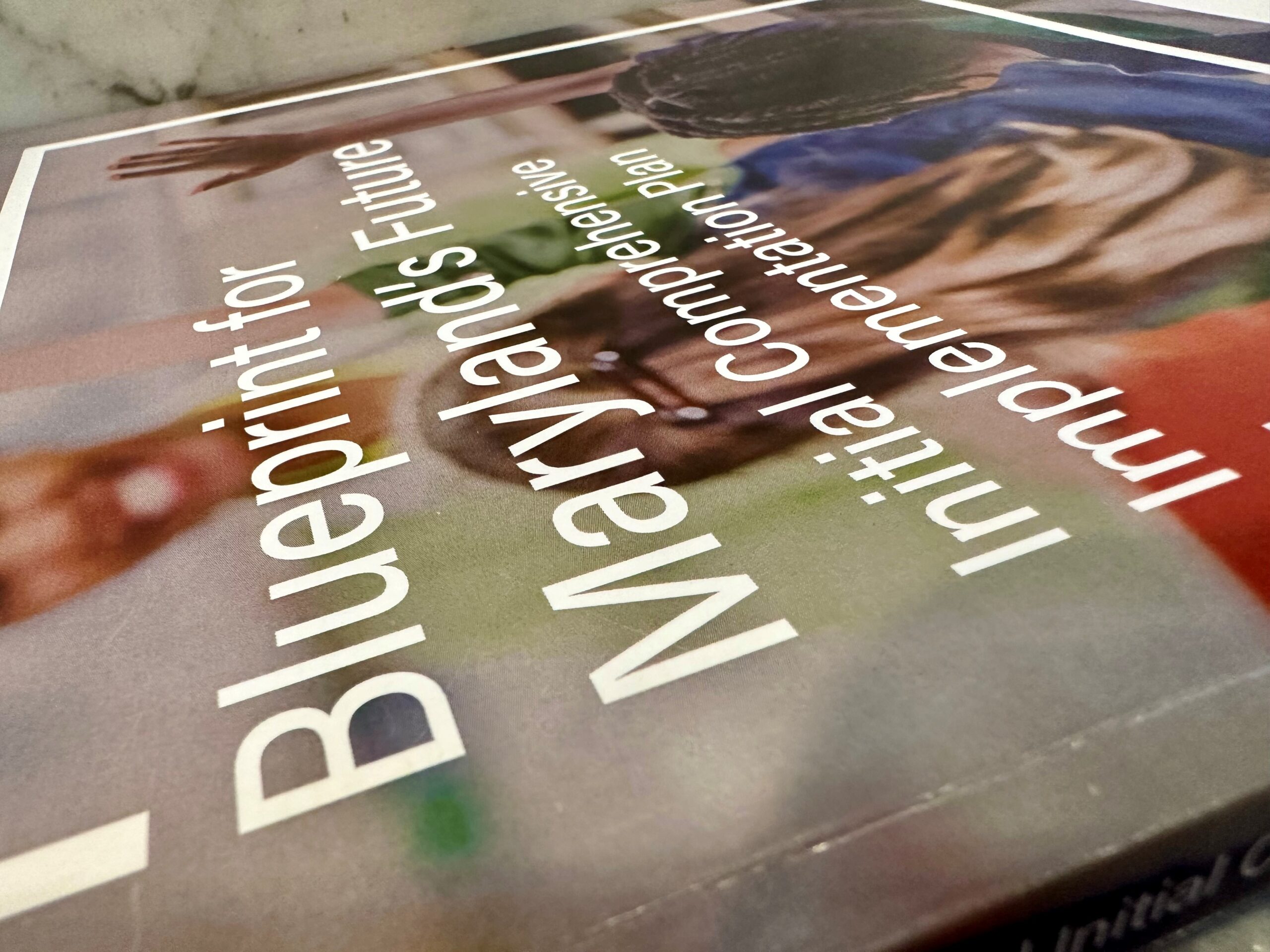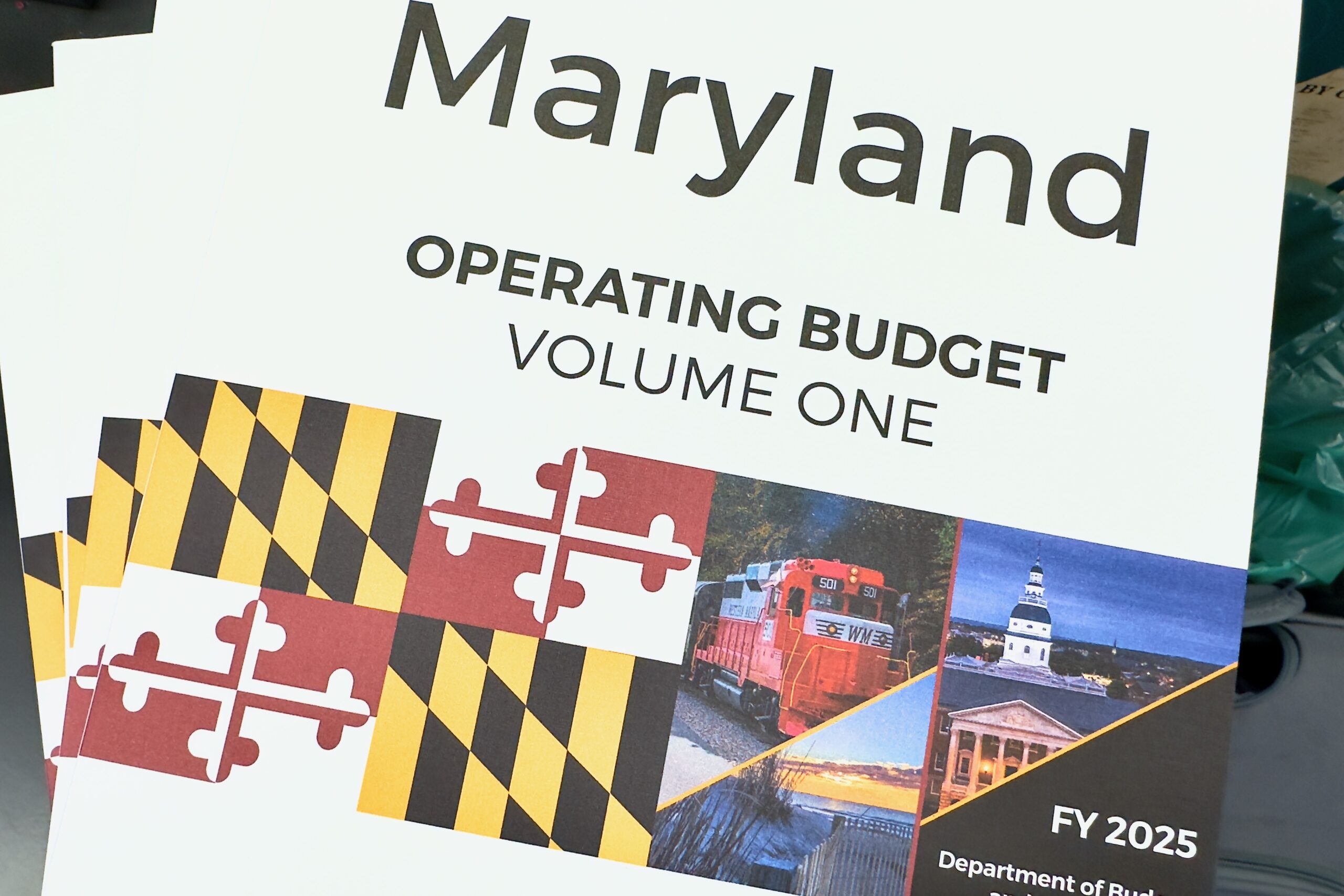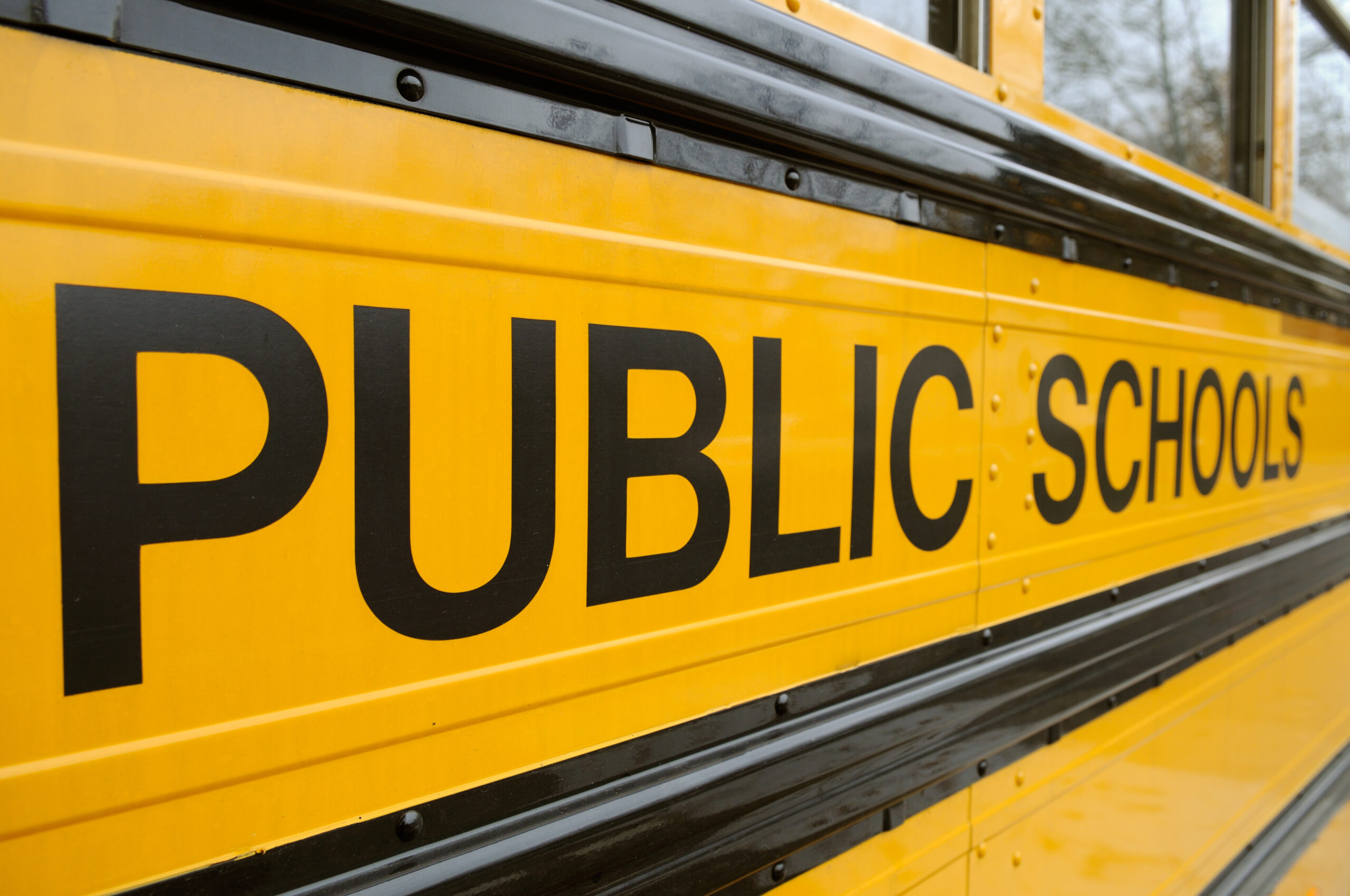Poll Shows Teachers, Parents and Voters Share Distance Learning Concerns

A statewide poll shows that educators, parents and voters are universally concerned about distance learning.
Since the COVID-19 pandemic forced schools to close in mid-March, more than 80% of educators across Maryland said they are concerned about student motivation, participation and internet access with distance learning.
The Maryland State Education Association conducted a survey of 650 registered voters and 800 Maryland educators and MSEA members statewide, asking about challenges of distance learning and inequities exacerbated by the pandemic.
This is the only public statewide survey on educators’ and the public’s concerns about distance learning, according to Adam Mendelson, MSEA’s assistant executive director of communications and member engagement.
Respondents were contacted by telephone, both landline and mobile, between May 14-19. The survey included 217 parents of children younger than 18, from across the state.
More than 70% of parents reported that they are worried about their children’s lack of socialization with peers, face-to-face interactions with teachers and extracurricular activities.
Because of social distancing requirements there is a limit to what can be done to address the lack of socialization. At a meeting of the Maryland State Department of Education’s Digital Learning Advisory Committee Tuesday, members suggested that synchronous learning may be the best way to maintain socialization while distance learning.
Synchronous learning is online learning that happens in real time, includes active discussions and mimics a traditional classroom setting. Asynchronous learning is online learning that occurs on the students’ own schedule, after instructors provide readings and assignments for students to complete.
Concerns about reduced socialization is important to keep in mind as educators prepare for the next school year, Mendelson said. Trauma from tumultuous home lives or heightened anxiety from uncertain times and reduced connection with friends means that mental health resources will be critical for the upcoming school year.
More than 80% of Maryland educators are worried about the negative impact on student mental health and believe that schools need additional mental health staff to address student and educator trauma.
Almost 70% of educators reported difficulty communicating with students for whom English was not their first language. And over 80% of educators and voters responded that personal protective equipment (PPE) for all school staff and reduced class sizes were prerequisites for reopening schools. More funding is critical to address challenges, made worse by the pandemic, Mendelson said.
However, 60% of Maryland voters said that they think Maryland is spending too little on K-12 education, and 70% of voters said that teachers are not paid enough. Another concern is that many Maryland teachers continue to leave for better paying jobs, Mendelson said.
Most voters (66%) said they supported the Blueprint for Maryland’s Future — the ambitious and expensive education reform plan that Gov. Lawrence J. Hogan Jr. (R) vetoed — and wanted additional funding for schools to increase teacher pay and to fund schools more equitably. A minority (28%) thought it was not a good time to increase school funding by billions of dollars because of the present economic climate.
“The pandemic has exacerbated inequity and trauma that existed widely before the pandemic shuttered schools,” MSEA’s President Cheryl Bost said in a statement. “These polls clearly show that educators and the public know that we need to protect school funding and the health of our educators and students.”
The unanimity of the survey responses from educators, parents and voters statewide illustrates how widespread some of these concerns about distance learning and reopening schools are, Mendelson said. And he stressed that increasing school funding is the pathway to address these challenges.
“It is not just one school system that is experiencing this issue, it is nearly everyone,” Mendelson said. “This survey shows the level of broad based support and deployment of resources that needs to be there in order to fundamentally address these issues.”
Conducted for MSEA by GBAO Strategies, the poll had a 4.4-point margin of error.




 Creative Commons Attribution
Creative Commons Attribution